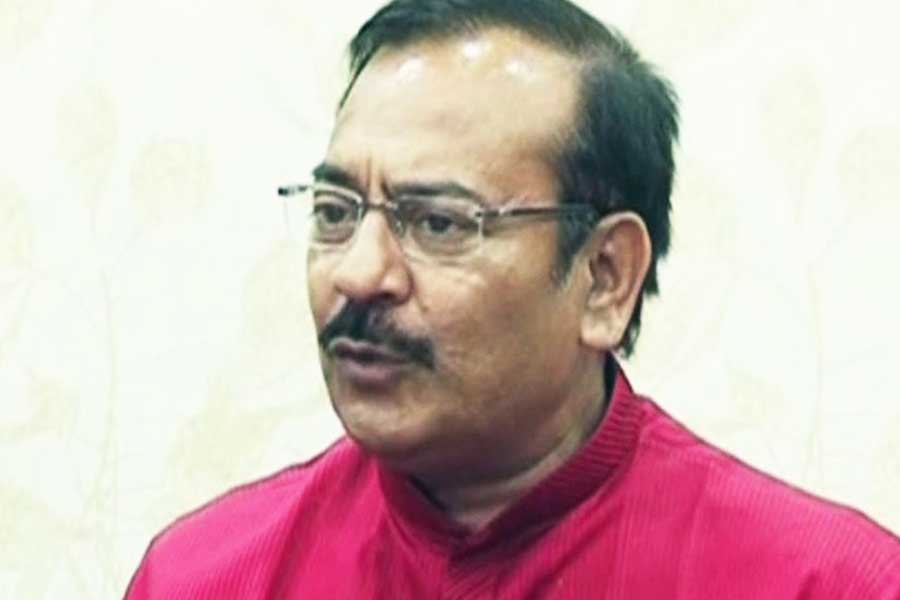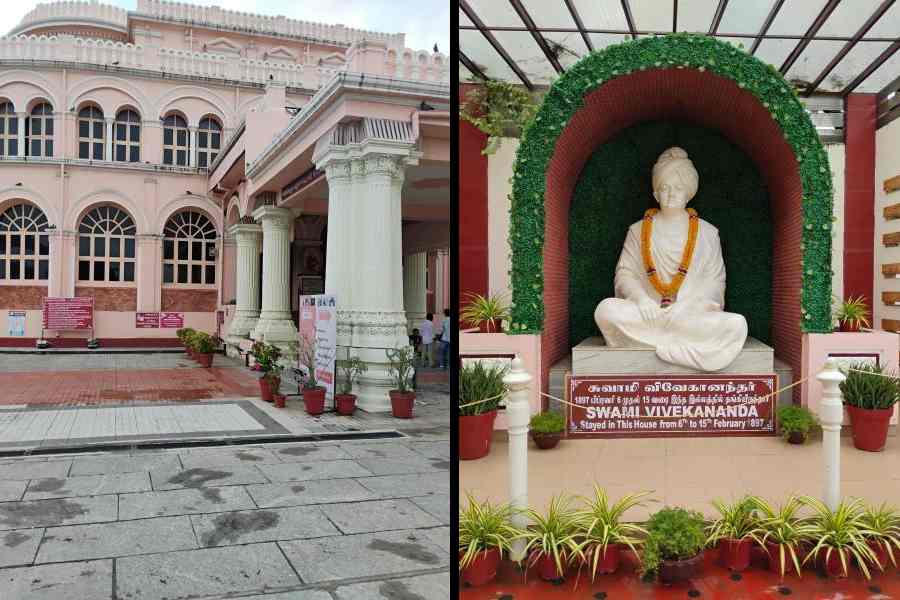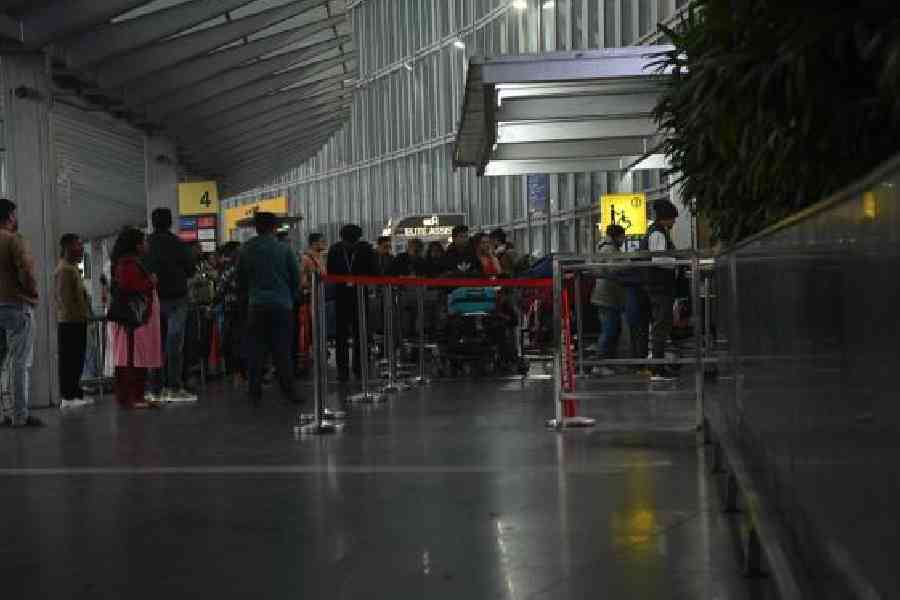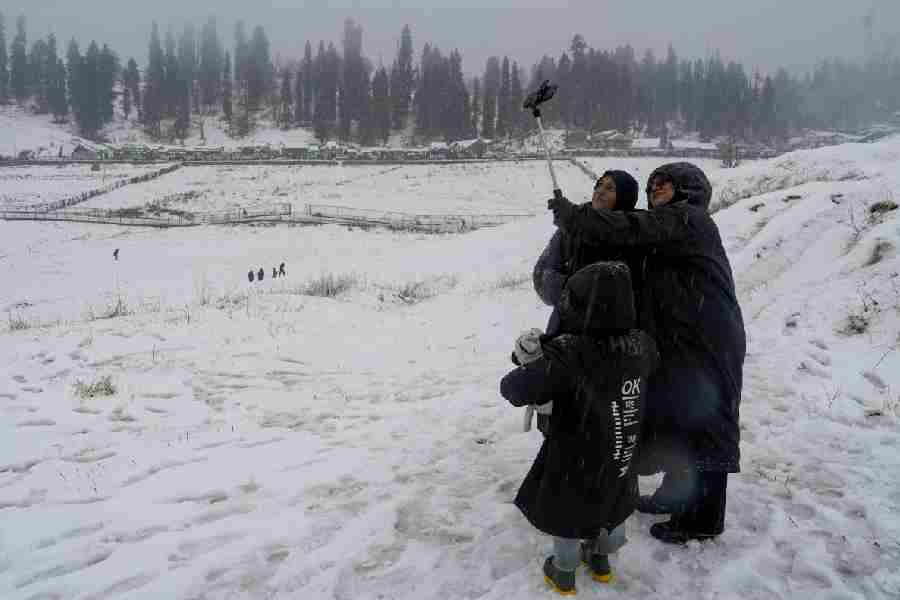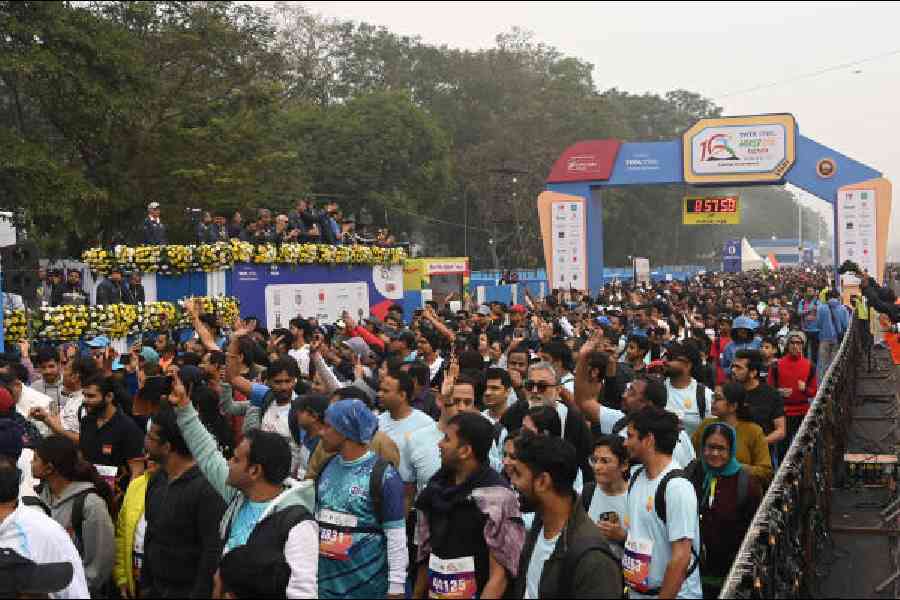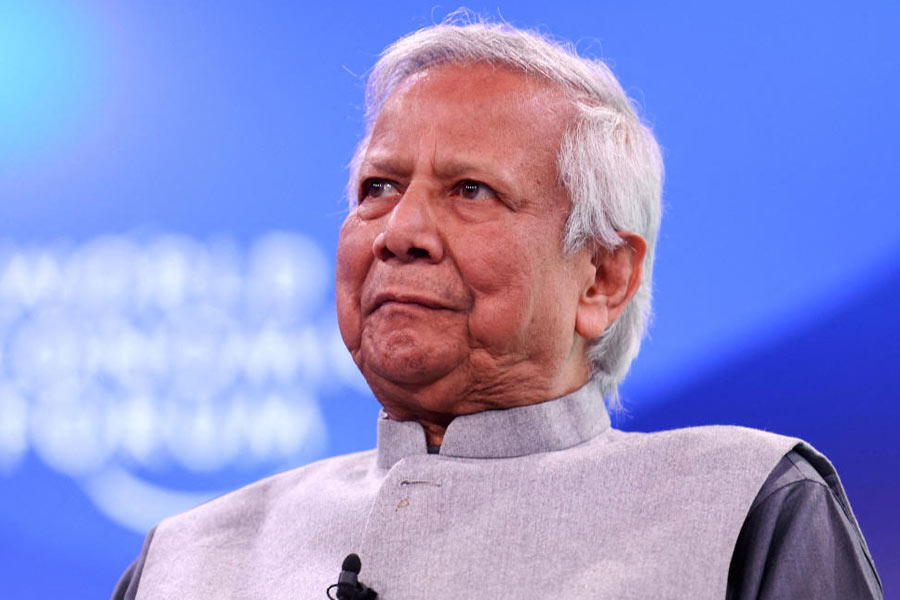 |
The bugle had been sounded. The media in Maharashtra were full of visuals of state chief minister Prithviraj Chavan squatting with farm labourers in drought-hit Satara and sharing a farmer’s meal of bhakari-thecha — rotis and mashed chillies. But one man was not impressed. “Eating this does not resolve the farmers’ problems,” said Sharad Pawar.
Three months, later it was war time as Pawar’s Nationalist Congress Party (NCP) threatened to break its alliance with the Congress, with which it shares power at the Centre and in the state. Earlier this week, after high drama, the 72-year-old Maratha strongman said the pact would continue. What’s also sure to continue is the simmering tension between the two partners.
At the Congress headquarter in Delhi, the air always smells of intrigues and insinuations. These days, the favourite topic is the threat posed by Sharad Pawar. Although the week-long impasse between the two parties ended with the Congress agreeing to a co-ordination committee, few believe that the denouement could have been “so innocent” and simple.
“The devil lies in the fine print that fill the pages of the white papers that the Maharashtra government has promised to release shortly,” a Congress office-bearer hints darkly. A document on irrigation scams may hugely embarrass the NCP, which holds the irrigation portfolio in the state.
For public consumption, the genesis of the Congress-NCP standoff lay in certain demands Pawar placed on the Congress’s table that appeared reasonable: the formation of a co-ordination mechanism to facilitate a better working relationship between the Congress and the allies of the UPA.
“The Congress took us for granted, the classic case of the Big Brother giving the short shrift to his younger and perhaps weaker siblings,” says an MP supporting the UPA alliance.
 |
| OVERZEALOUS? Maharashtra chief minister Prithviraj Chavan |
Ostensibly, the NCP is happy with the proposed arrangement. “Now, with the co-ordination mechanism in place, all policy decisions will be discussed in these meetings, and allies consulted before they go to the Cabinet,” says NCP spokesperson and Thane MLA Jitendra Avhad.
But Congress insiders say that is not all that Pawar seeks. He also wants a ministerial berth for his daughter and MP Supriya Sule, a Governor’s post for an NCP veteran and the position of the Rajya Sabha deputy chairman for MP Tariq Anwar.
Topping the litany of Pawar’s supposed demands is a niche for himself on the government’s high table, as the number two in the pecking order after Manmohan Singh. Congress sources say that when the Prime Minister “reserved” this place for defence minister A.K. Antony, Pawar was “livid” at how his claim, buttressed by his “stature” as a regional satrap, could be overlooked.
Pawar has denied this. “Pawar and the party were portrayed as a run-of-the-mill outfit, lusting after the crumbs of power,” an NCP leader rues.
For the NCP, the strongman from Baramati has always been at the centre of its politics — the reason party leaders feel that any slight has to be countered. Pawar, after all, is one of the tallest leaders of Maharashtra, the NCP argues.
At 27, he was an MLA from Baramati. At 38, he became the youngest chief minister of the state. Since his first election in 1967, he has turned his pocket borough of Baramati into a family bastion that cannot be breached by rivals. He has developed the town into a major hub of quality education and set up a milk co-operative, sugar mills, factories, vineyards, a wine processing plant and a hi-tech textile park. Pawar rarely leaves a chance of promoting Baramati, which elected his daughter Supriya Sule to the Lok Sabha and nephew Ajit Pawar to the Assembly, after he contested from neighbouring Madha in 2009.
But despite his hold over parts of Maharashtra — or perhaps because of it — the former Congressman has always been viewed with suspicion by the Gandhi family, especially after he toppled the Congress government of Vasantdada Patil in 1978. He walked out with a group of supporters, to form and head the Progressive Democratic Front government.
The Front lasted two years. “From 1980 to 1986, he was in the political wilderness, and returned to the Congress only when Rajiv Gandhi took over after Indira’s assassination,” says Pawar’s former press secretary P.K. Ravindranath, the author of Sharad Pawar — the making of a Modern Maratha.
Pawar became the Maharashtra chief minister for the second time in 1988 when Rajiv Gandhi invited Shankarrao Chavan to be the Union finance minister.
But right now, it’s another chief minister who is at the root of Pawar’s revolt. Prithviraj Chavan, who was sent from the Centre to the state after his predecessors — Vilasrao Deshmukh and Ashok Chavan — left behind a trail of scams, is seemingly giving Pawar sleepless nights.
“When Sonia Gandhi and the Prime Minister appointed Prithviraj as the chief minister, their mandate to him was to clean the stables. Don’t stop at anything even if a scam involves our man, they said to him,” a Congress source says.
Prithviraj promptly scrapped some of the deals approved by Chavan and even brought a law that wasn’t to the liking of the powerful builders’ lobby. He went slow on Pawar’s pet project, Lavasa, and asked for a white paper on the crores of rupees allegedly thrown at “ghost” irrigation projects by water resources minister Sunil Tatkare of the NCP.
Another senior NCP minister Chhagan Bhujbal was accused of making money in awarding contracts to build a new Maharashtra Sadan in New Delhi. “All in all, it was a fight for number two. But not for the number two position — it was about number two dhandaas (rackets) and illegal money,” Maharashtra BJP leader Kirit Somaiyya alleges, perhaps uncharitably.
Not surprisingly, Prithviraj’s moves won him admirers in Mumbai’s civil society and enemies in not just the NCP but the Congress as well. Congress MLAs reportedly complained to Sonia Gandhi about the chief minister's “over-zealousness” and advised her to restrain him or face a rout in the next elections.
But Prithviraj was not the only one to rile Pawar. “He was also perturbed when Congress minister Sushil Kumar Shinde was mentioned as a prospective leader of the Lok Sabha to take the place of Pranab Mukherjee,” says a source. “Shinde is his protégé. To see him conducting the affairs of the UPA in Parliament would have been galling to Pawar.”
Pawar’s face-off coincided with another major political development: the real possibility of positioning Rahul Gandhi as the Congress’s face in the 2014 Lok Sabha polls. Senior Congressmen have been suggesting that Rahul might no longer confine himself to making “cameo” appearances on the political stage.
“Perhaps the idea of working under Rahul is not palatable to him,” a Congress source muses.
There’s another twist to the tale. Some political observers believe that Pawar is looking ahead — at the 2014 general elections. NCP sources stress that their leader has “closely watched” the moves of five state chieftains — Odisha’s Naveen Patnaik, Tamil Nadu’s J. Jayalalithaa, Uttar Pradesh’s Mulayam Singh Yadav, Bengal’s Mamata Banerjee and Bihar’s Nitish Kumar.
“The way Patnaik and Jayalalithaa confronted the Centre, Mamata took on the Congress, Nitish handled his state and Mulayam’s manoeuvres against the Congress convinced him that the regional forces would do well in the next Lok Sabha polls,” the NCP leader says. “He is one of the most experienced state leaders. Why should he not think of himself at the helm of such a coalition with his network of political friends and acceptability?”
To prepare the ground for a larger role outside the Congress, Pawar, a source says, had to begin “distancing” himself from his ally of nearly 15 years. “The blow-hot-blow-cold business has, thus, to begin right away.”
For the time being, Pawar is consolidating his position by warming up to another UPA ally, the DMK. He has made it a point to be seen at recent political functions with DMK leader T.R. Baalu. M. Karunanidhi’s daughter, Kanimozhi, who was best friends with Sule until 2G caught up with her, rediscovered her in the NCP’s moment of distress.
With Pawar chalking out his own plans, the Congress cannot be caught napping either. The party, which is being accused of turning a blind eye to its allies’ corruption, believes it has to deal with public anger over allegations relating to Pawar’s wealth. In September 2011, when the Cabinet disclosed its assets, Pawar said he had assets worth Rs 12 crore and did not possess a car — provoking derision in political circles. “He must have forgotten to add a few zeroes or has Pawar forgotten the meaning of zeroes now,” BJP leader Manohar Parrikar reacted with sarcasm.
The issue of corruption is unlikely to die down in the near future — especially now that it is being taken up by civil society movements. Congress leaders say that public pressure on Prithviraj to take action against corruption is likely to rise in the coming months.
So what then? If Prithviraj continues to battle graft, it will be a matter of time before Pawar strikes again. This time the casualty might be Prithviraj himself.
“If it comes to it, he might be sacrificed to keep the Maharashtra and Central governments going,” a Congress source says pensively. That will usher in another phase of NCP-Congress bonhomie — till trouble crops up again.


